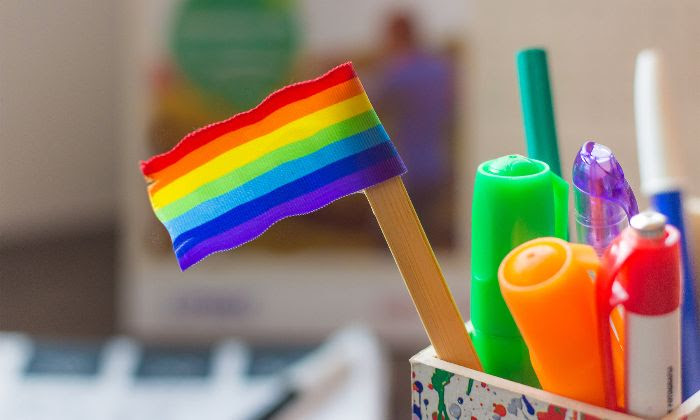Black History Month Resources
It is the goal of this blog to identify great resources for teachers planning activities and lessons. This month Columbia High School is commemorating Black History Month with several events planned by our incredible MAC scholars. For those looking for lesson planning inspiration, we have also identified some great resources below and we have more in our archived posts from earlier this year.
This year's Black History Month 2021 theme is “Black Family: Representation, Identity and Diversity” which explores the African diaspora, and the spread of Black families across the United States.
1. National Endowment for the Humanities' EDsitement website. One of my favorite NEH programs is called CREATED EQUAL. According to the website, "The NEH Created Equal project uses the power of documentary films to encourage public conversations about the changing meanings of freedom and equality in America. The five films that are part of this project tell the remarkable stories of individuals who challenged the social and legal status quo, from slavery to segregation." Here are links to the films: The Abolitionists; Slavery By Another Name; Freedom Riders; The Loving Story; and Freedom Summer.
2. The Smithsonian's National Museum of African American History & Culture.
4. Black History 101 Mobile Museum
5. PBS. The link connects to the offerings for this year. I recommend the Fannie Lou Hamer: Stand Up mini-doc.
6. New York Times. There is a great essay on BHM this year replete with suggestions and resources.
7. CSPAN Classroom Great for short clips they call bell-ringers.
Finally, Learning for Justice (formerly Teaching Tolerance) is always one of the best sites to go to for lessons. Below the picture are four timely articles on how to teach Black History Month.
Five Ways to Avoid Whitewashing the Civil Rights Movement
|
|









Comments
Post a Comment